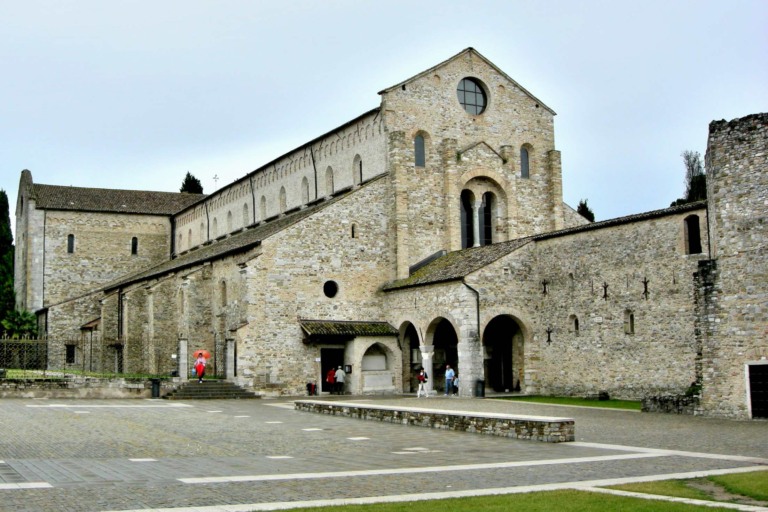
Aquileia Archaeology and Patriarchal Basilica: The Archaeological Area and the Patriarchal Basilica of Aquileia, located in the Friuli-Venezia Giulia region of Italy, is a UNESCO World Heritage Site recognized for its historical and cultural significance. Here's more information about this remarkable site:
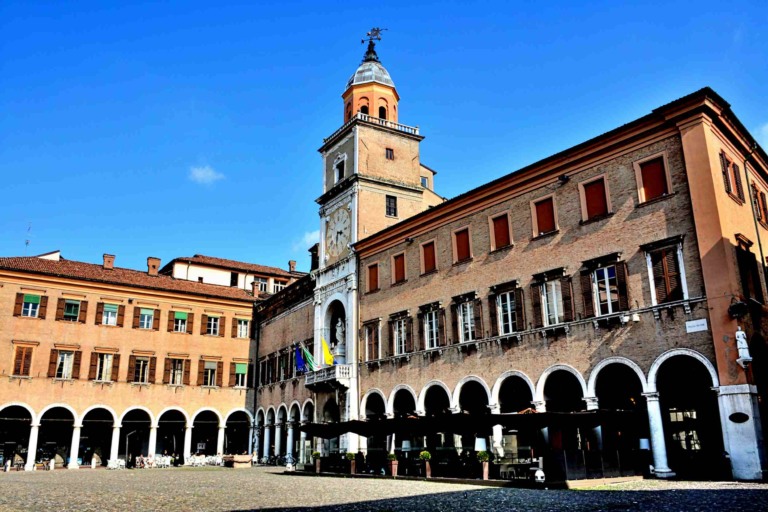
Modena Cathedral, Torre Civica, and Piazza Grande are significant Italian landmarks that collectively reflect the city’s rich history and cultural heritage. Exploring the area around Modena Cathedral, Torre Civica, and Piazza Grande allows you to immerse yourself in the city’s history, art, and local lifestyle. Whether you’re interested in architecture, culinary experiences, or cultural exploration, Modena offers a variety of activities to suit different interests. Getting to Modena, Italy, and finding accommodation is relatively straightforward, thanks to its accessibility and range of lodging options. Here’s a guide to help you plan your trip to Modena:

The Valley of the Temples houses a series of well-preserved Doric-style ancient Greek temples, most of which were constructed during the 5th and 6th centuries BC. These temples were dedicated to various deities and reflect the cultural and religious significance of the Greek colony of Akragas (Agrigento).
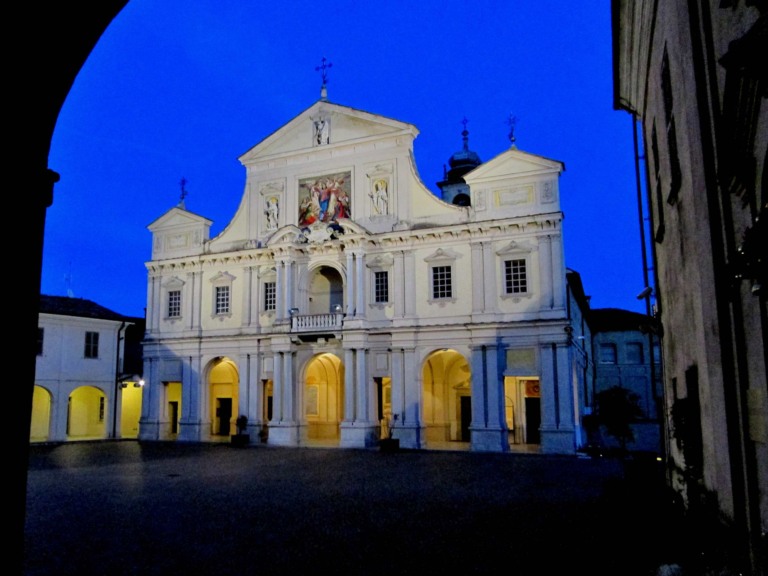
The Sacri Monti of Piedmont and Lombardy represent an exceptional blend of art, architecture, and religious devotion. They offer visitors an opportunity to immerse themselves in the spiritual and cultural history of the region while enjoying the natural beauty of the surrounding landscapes. The combination of faith, artistry, and picturesque settings makes the Sacri Monti a unique and significant cultural heritage in Italy.
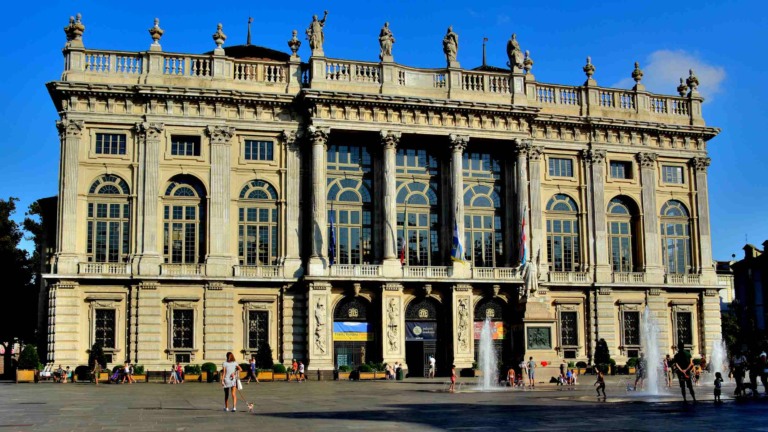
Residences of the Royal House of Savoy are a series of palaces, castles, and residences located in various regions of Italy, primarily in Piedmont and Turin. These residences were once inhabited by the Royal House of Savoy, one of the most significant ruling families in European history. Many of these sites have been recognized as UNESCO World Heritage Sites due to their historical and architectural importance.
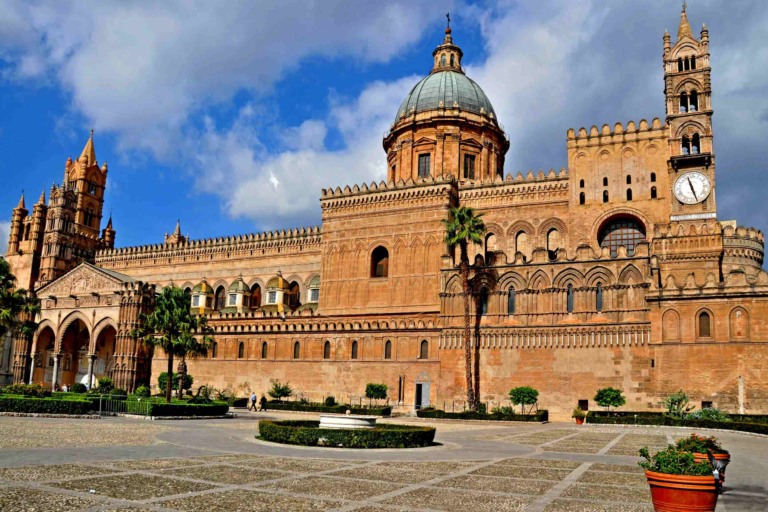
Arab-Norman Palermo and the Cathedral Churches of Cefalú and Monreale are nine places in Sicily, Italy, and have been UNESCO World Heritage Sites since 2015.
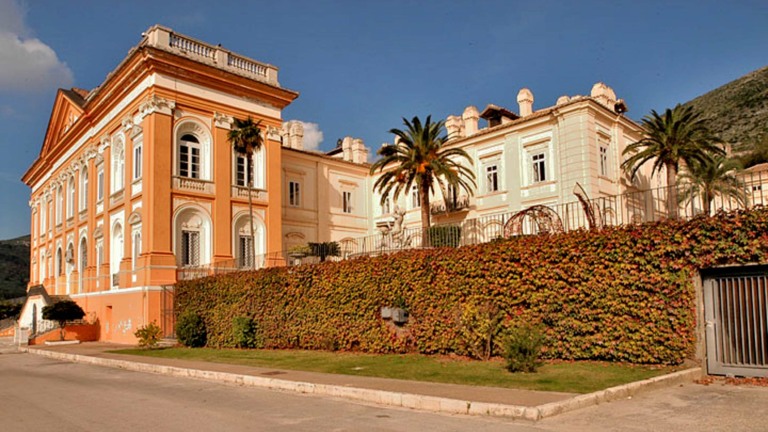
The Royal Palace of Caserta is a magnificent palace located in Caserta, Italy. It was commissioned by the Bourbon King of Naples, Charles III.
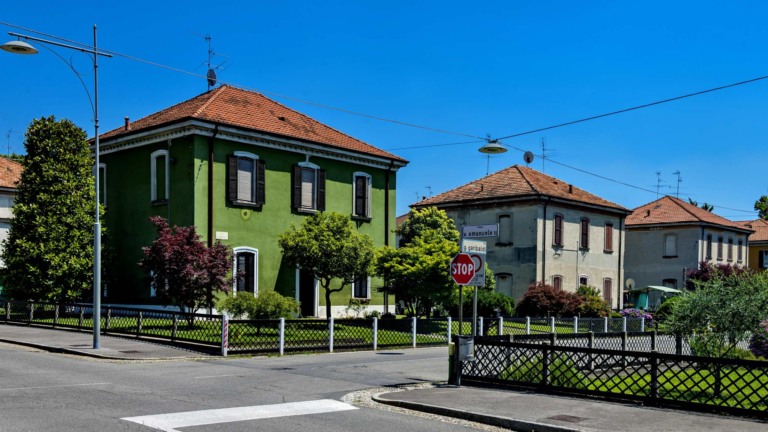
Crespi d’Adda is a historic village and a great example of how to meet the needs of workers in Europe and North America in the late 1800s and early 1900s.
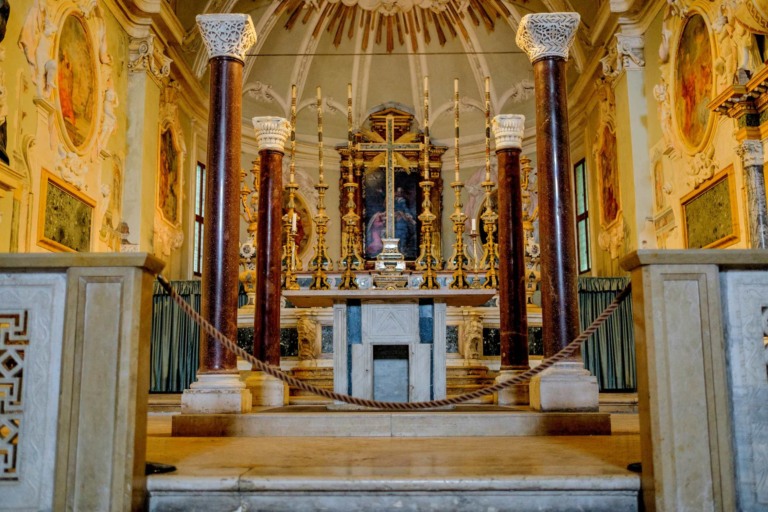
Ravenna was the 5th-century Roman capital. It was Byzantine Italy's capital from 6th to 8th centuries and became a UNESCO World Heritage Site in 1996.
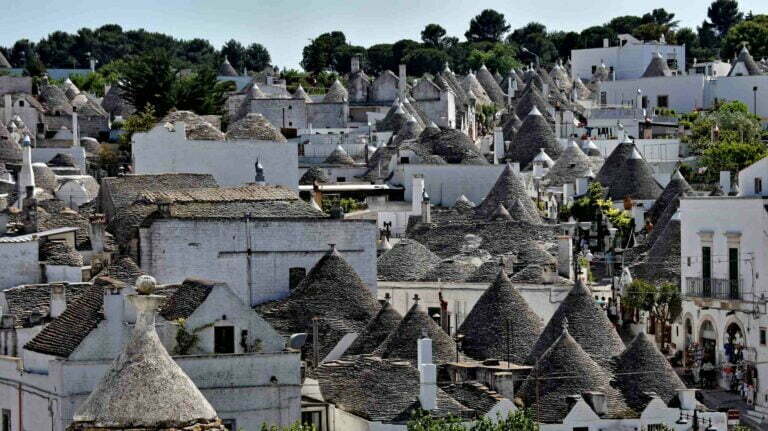
Trulli of Alberobello are dry-stone buildings, part of Bari's metropolis, and Alberobello is in Apulia, southern Italy, a UNESCO World Heritage Site since 1996.
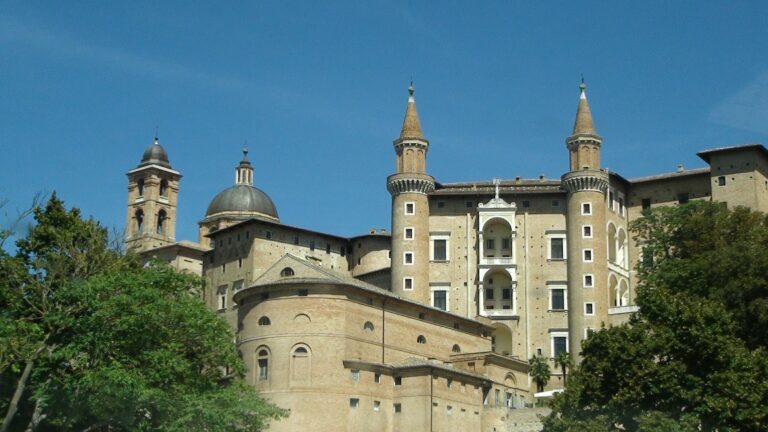
The Historic Centre of Urbino is a small hill town in the Province of Pesaro, Marche Region of Italy, and was a UNESCO World Heritage Site from 1998 onwards.
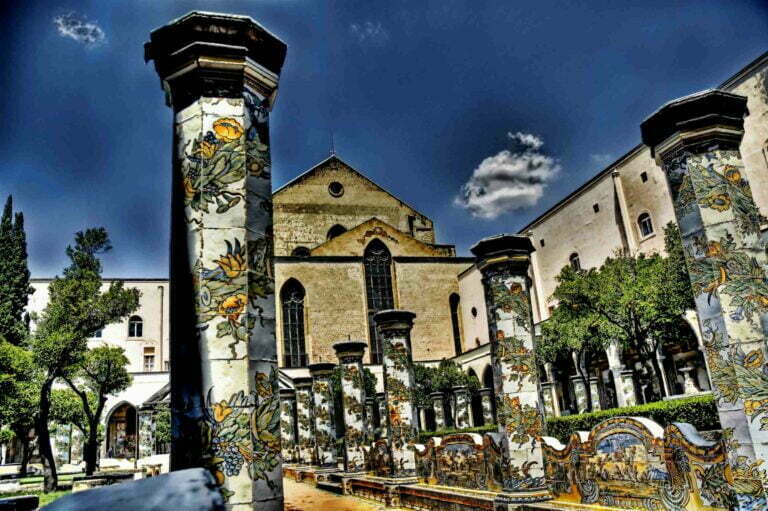
Naples City lies on the west coast of the Italian peninsula, 120 miles southeast of Rome, and became a UNESCO World Heritage Site in 1995.











